Inaugurated at GAM - Galleria d’Arte Moderna di Milano the exhibition Pellizza da Volpedo. Masterpieces, open to the public from September 26, 2025 to January 25, 2026. More than a century afterMilan’s only monographic exhibition dedicated to the Piedmontese artist, staged in 1920 at the Galleria Pesaro, Milan returns to retrace the biographical and artistic story of Giuseppe Pellizza da Volpedo. The exhibition is conceived by GAM, which preserves not only the famous Fourth Estate but also other fundamental works of his production.
Curated by Aurora Scotti and Paola Zatti, the exhibition is co-produced by the Municipality of Milan - GAM with METS Percorsi d’Arte, an association that has been committed for years to the enhancement of 19th-century Italian painting and Divisionist painters in particular. The initiative, supported by the Fondazione Banca Popolare di Milano and realized in collaboration with the Musei Pellizza da Volpedo, is part of the Milan Cortina 2026 Cultural Olympiad program. During the Milan opening, the exhibition itinerary will be enriched by visits to Pellizzi’s places. The guided tours are curated by Milanoguida.
The project brings together forty works, including paintings and drawings, from Italian and international public and private collections. A significant number, considering the brevity of the artist’s life, who died at only 39 years old. The itinerary unfolds in the five rooms on the ground floor of the Villa Reale reserved for temporary exhibitions, and in the Quarto Stato room on the second floor, documenting Pellizza’s entire creative iter: from his beginnings in the groove of realism-especially in portraiture-to his Divisionist experience, shared with the great protagonists of his era such as Previati, Grubicy, Segantini and Morbelli, pioneers of a technique destined to influence even the Futurist avant-garde.
The return of The Fourth Estate to GAM in July 2022, after its exhibition period at the Museo del Novecento in Milan, offered the cue for a reflection on Pellizza’s role within Divisionism. In the rooms of the museum, in fact, the work dialogues with absolute masterpieces of his contemporaries, in particular with the large canvases of Gaetano Previati and Giovanni Segantini, in a confrontation that goes beyond technical experimentation, including the most representative themes of painting between the nineteenth and twentieth centuries: from social realism to Symbolist suggestions.
Surrounding the Fourth Estate, in an unprecedented and high-impact setting, a number of large preparatory cartoons also find space, documenting on the one hand the genesis of the work and on the other Pellizza’s relationship with the nineteenth-century artistic tradition, reinterpreted in a modern key for a subject strongly linked to his time.
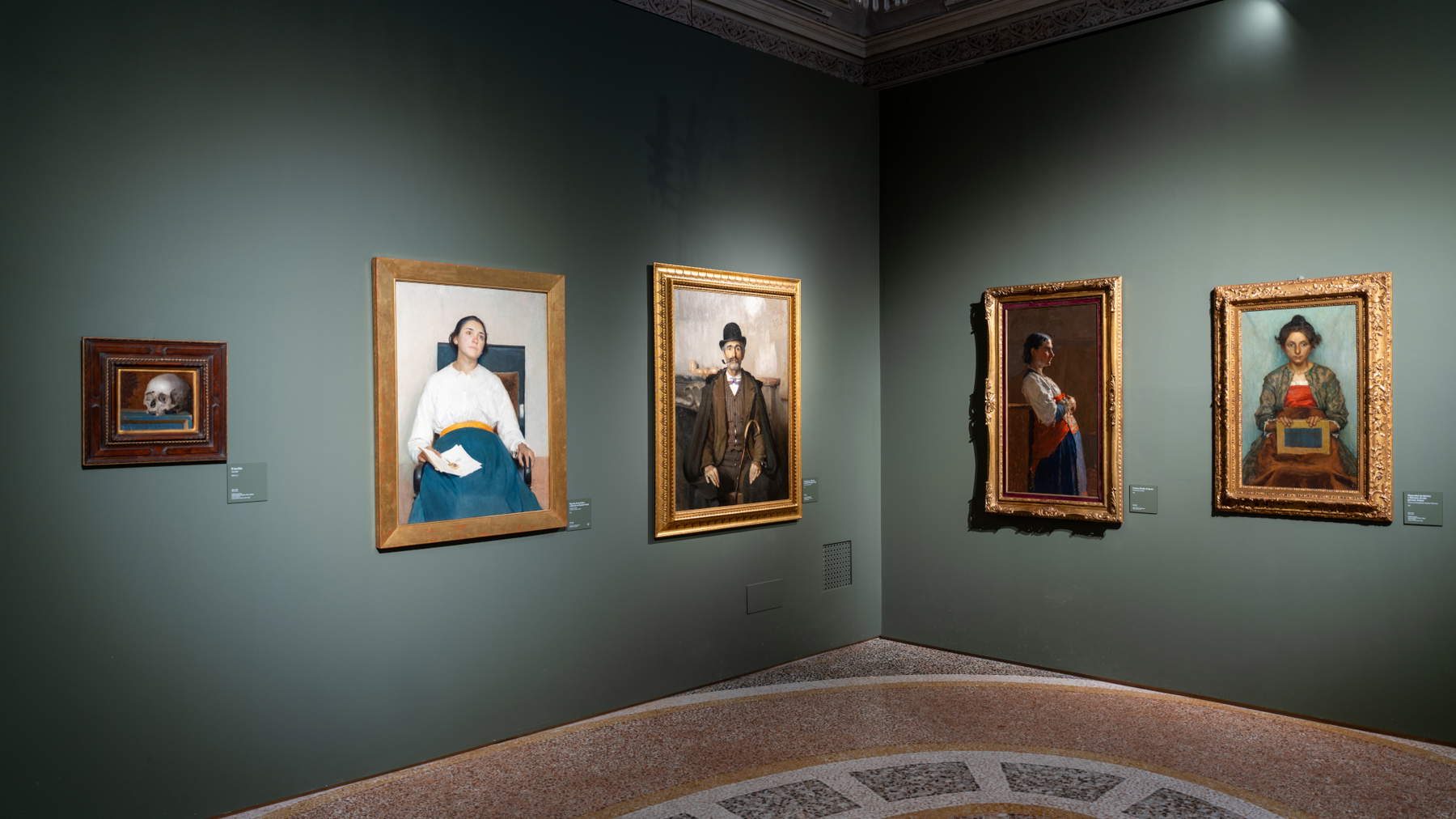
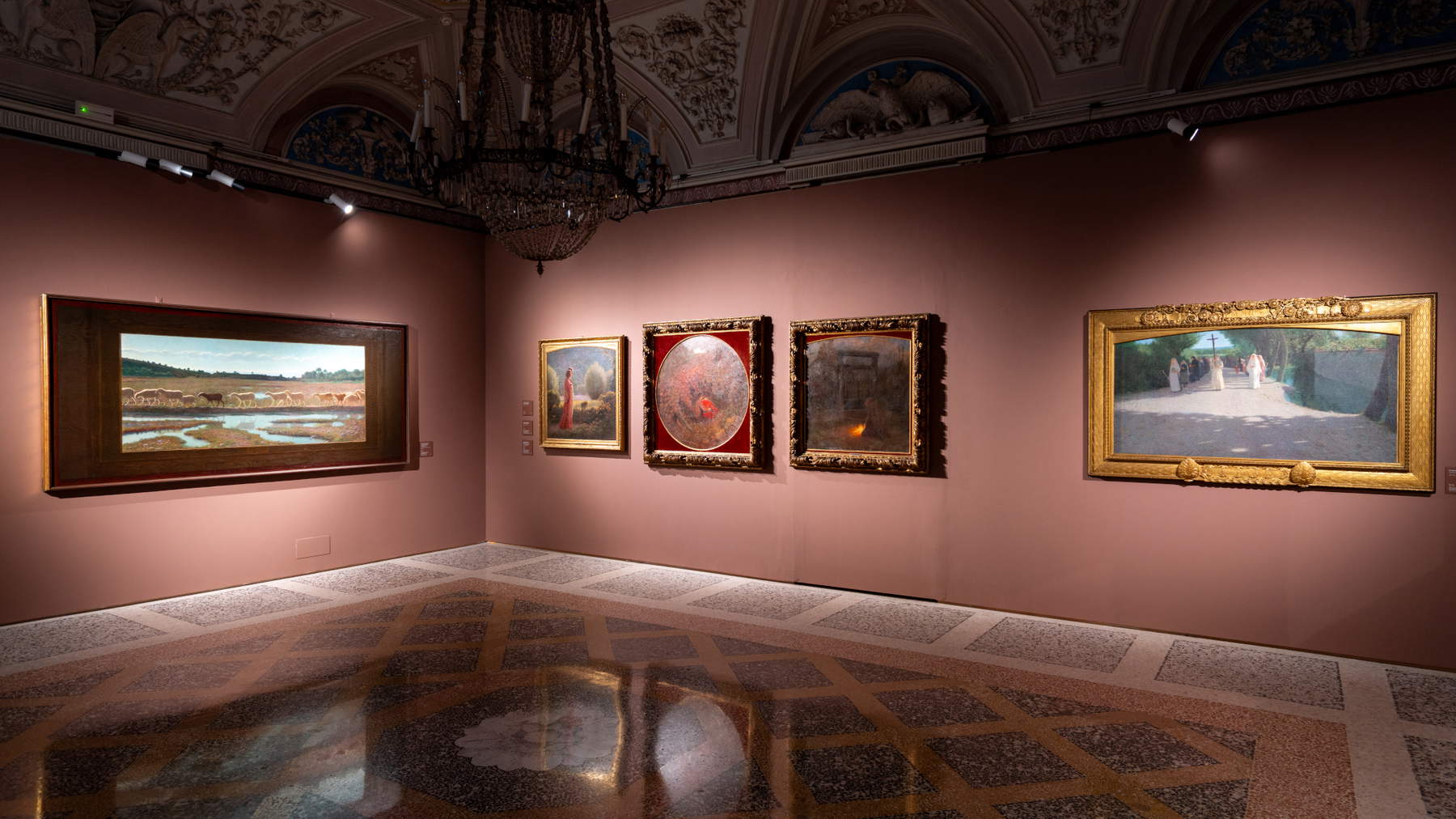
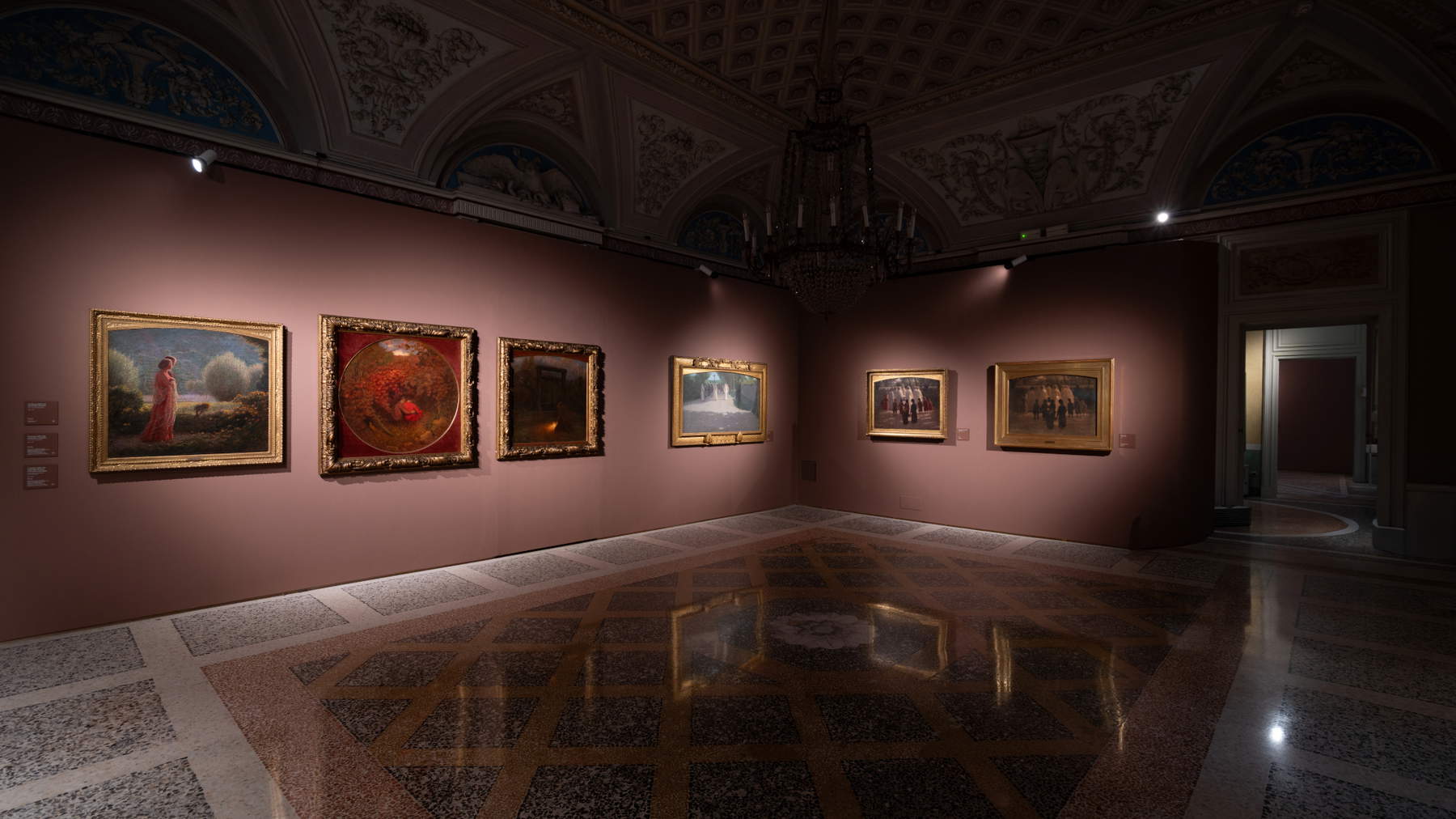
"With this exhibition Milan pays tribute to Giuseppe Pellizza da Volpedo, one of the protagonists of Italian painting between the 19th and 20th centuries. At the GAM, which houses his most famous masterpiece, The Fourth Estate, we present an itinerary that recounts his entire artistic career, from realism to the Divisionist season, up to his Symbolist achievements," said Milan City Council Culture Councillor Tommaso Sacchi. “It is an opportunity to return to the public the complexity and modernity of an author who knew how to combine technical experimentation and depth of thought, and to reaffirm the role of our city as a privileged place of comparison and appreciation of the great masters of art history. This initiative, which is included in the schedule of the Milan Cortina 2026 Cultural Olympiad, strengthens the link between historical memory and looking to the future.”
"Not since 1921 has Milan seen an exhibition dedicated to the entire production of Giuseppe Pellizza. An author of fundamental importance in the evolution on the one hand of the Divisionist experience, but also of Italian Symbolism. And to realize it at GAM, which preserves his best-known work, perhaps one of the masterpieces of nineteenth-century Italian painting, Il Quarto Stato, takes on even greater significance because it is here that works and authors closer to him, such as Segantini and Previati, are kept, in a truly inescapable ensemble to understand the scope of their experience," emphasize curators Aurora Scotti and Paola Zatti. "The exhibition also aspires to restore the strength of a path, that of Pellizza, which does not end in the best-known work of the Fourth Estate, investigating an entire production centered on technical experimentation, on the new use of color and light, on new themes of surprising modernity."
The exhibition is accompanied by a catalog published by Dario Cimorelli Editore.
The initiative benefits from the technical partnership of: AON; ILTI Luce - Part of Nemo Group.
Hours: Tuesday through Sunday from 10 a.m. to 7 p.m. Closed Mondays. Thursday until 9 p.m.
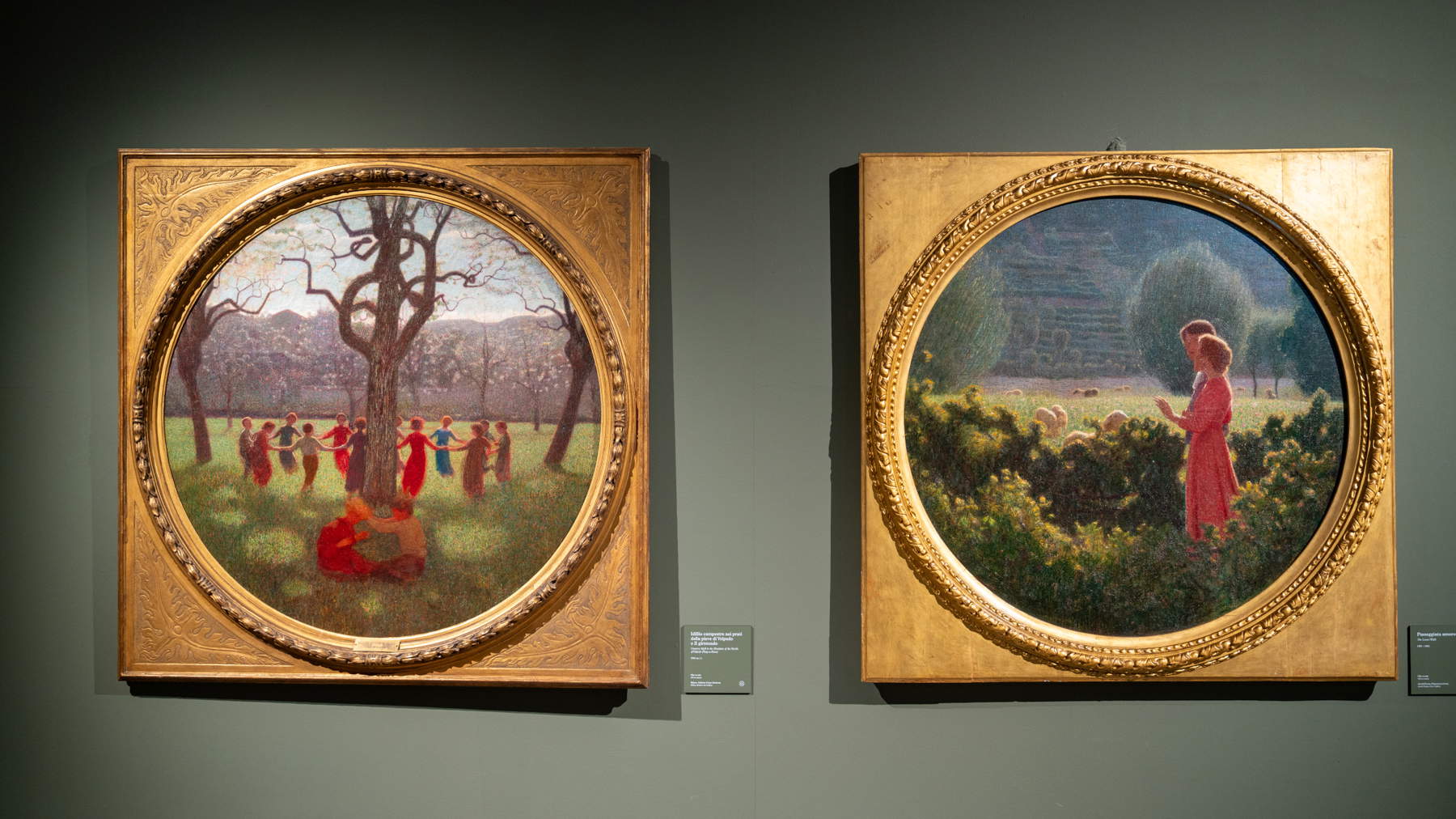
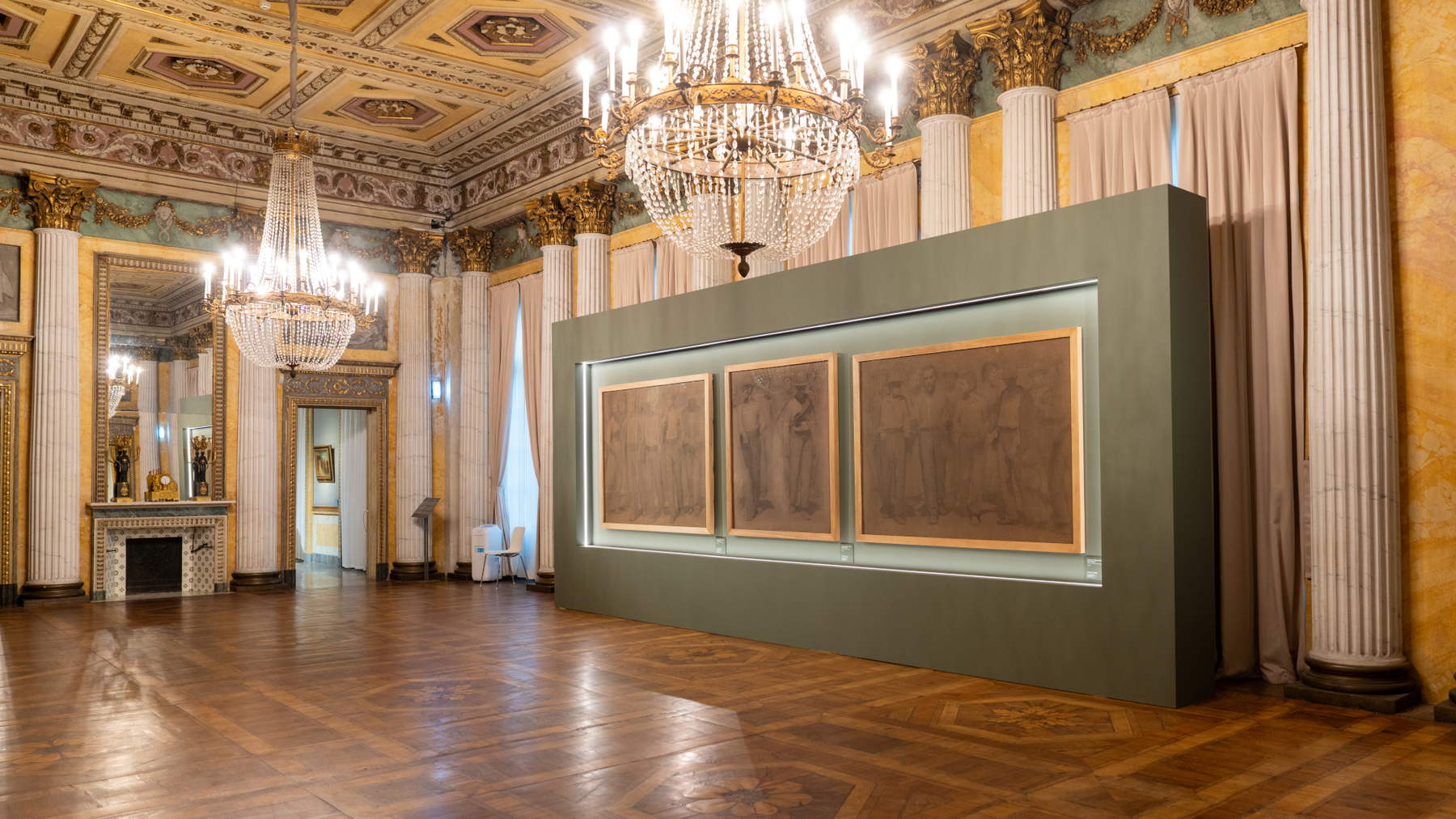
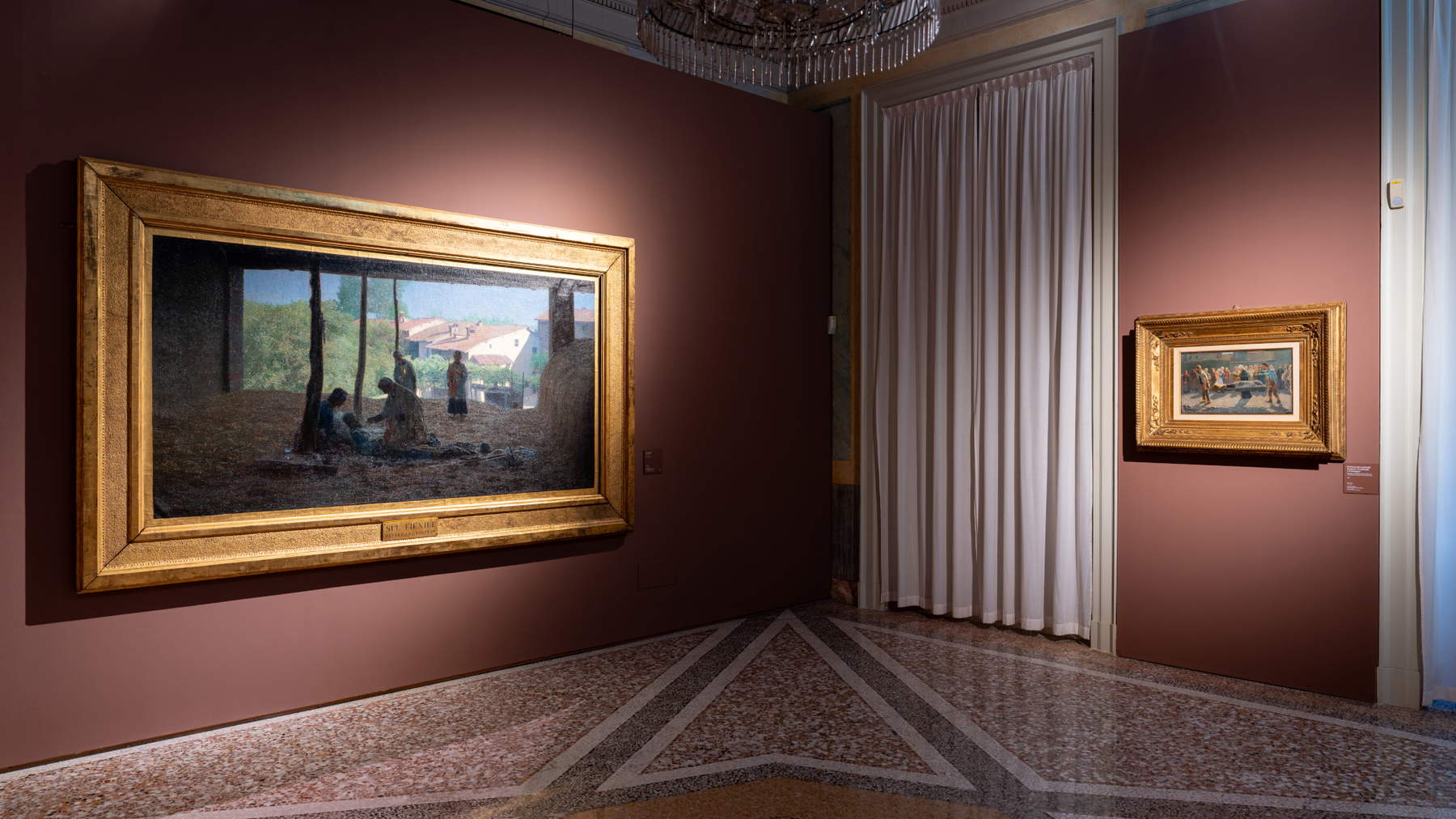
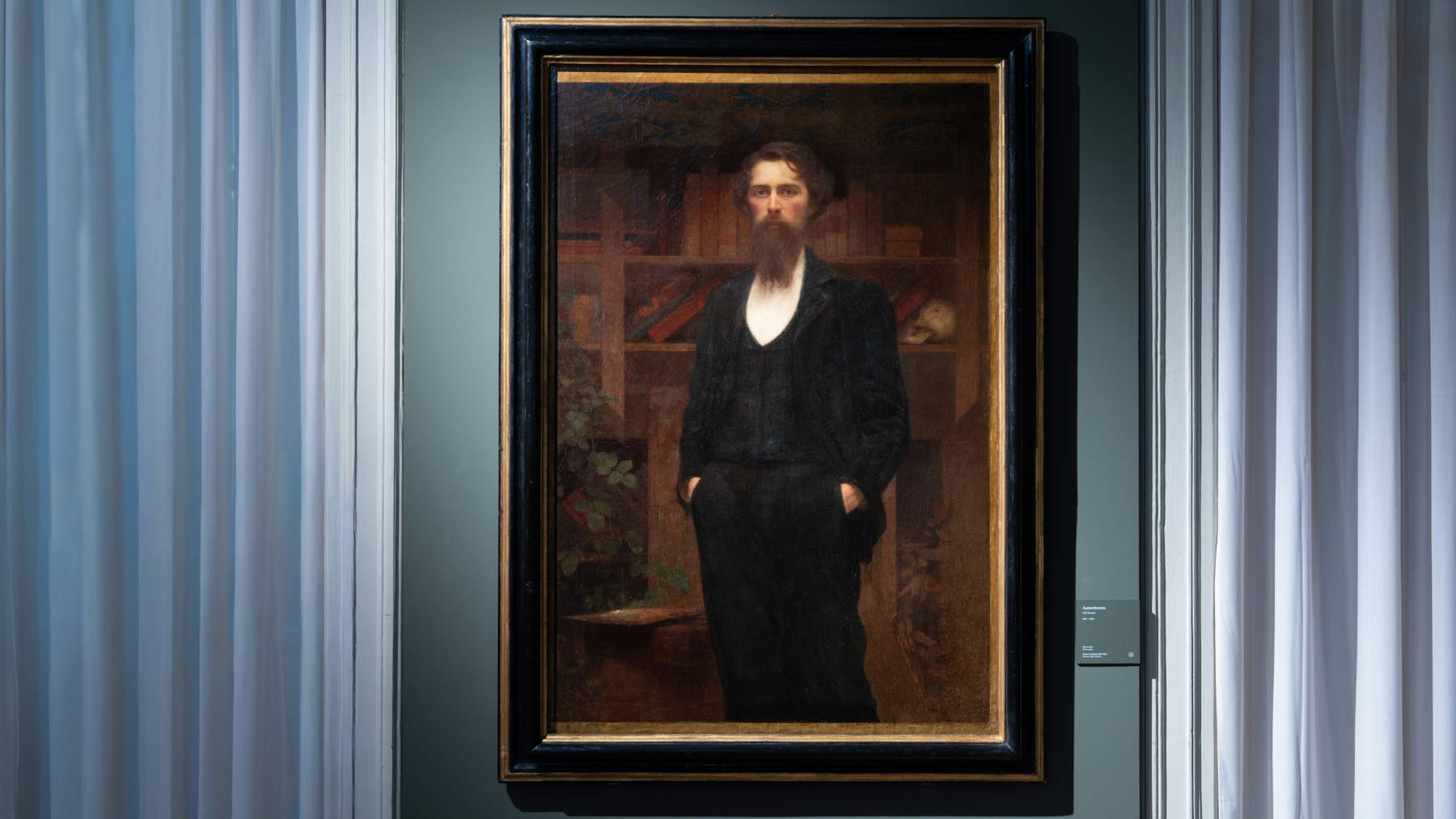
When, around 1890, Giuseppe Pellizza da Volpedo, having completed his training, chose to settle permanently in his hometown, he established a deep and lasting bond with the community and the environment that had seen him grow up. From this decision was born an artistic production that, even today, cannot be fully understood without direct reference to the places where it was conceived and realized.
Thanks to a fortunate urban planning event, Volpedo has preserved much of its 19th-century physiognomy intact. This allows visitors to immerse themselves in the original context, grasping with immediacy the strength and coherence of the artistic and cultural message of the author of The Fourth Estate. The Studio in Via Rosano, the Educational Museum in Piazza Quarto Stato and the places where Pellizza painted his masterpieces constitute the stages of an evocative itinerary in the heart of the village, which is completed with a visit to the nearby Pinacoteca “Il Divisionismo” in Tortona, belonging to the Fondazione Cassa di Risparmio di Tortona: an exhibition center that, thanks to a careful policy of acquisitions, has established itself as a point of reference not only for the work of Pellizza but for the whole of Italian Divisionism.
We begin at the Romanesque parish church of San Pietro, a building not directly linked to Pellizzi’s heritage but deeply intertwined with his everyday universe, located between the house and the Studio on one side and Piazza Quarto Stato on the other. The church, whose origins date back to the 10th century, was enlarged in the 15th century and preserves frescoes from the Tortonese and Lombard schools dating from the mid-15th to early 16th centuries.
Piazza Quarto Stato: it was here that Pellizza, in 1892, described his idea for a socially inspired painting: “We are in a country town, it is about half past ten in the morning of a summer day; two peasants are advancing toward the viewer, they are two designated by the orderly mass of peasants who are going behind to plead with the Lord the common cause....” It was a project that would find fulfillment in The Fourth Estate (1898-1901), preceded by the canvases Ambassadors of Hunger (1891-1892), Fiumana (1895) and The Workers’ Walk (1898-1899). Even today, the small square in which the work is set retains its late 19th-century dimensions and perspective, thanks to significant restoration work conducted in the last decade. Those who stand in the spot where Pellizza painted - indicated today by a lamppost - can easily imagine the scene, having the facade of Palazzo Malaspina behind them. The atmosphere is made even more evocative by the stone squares placed on the cobblestones, which mark the positions of the three characters in the foreground and the crowd behind. Completing the picture is the sundial that already at that time stood out on the facade of the house set against the stately palace, redesigned in 2004 to a design by Luciano Agnes, and which returns to mark time in a place that has remained virtually unchanged for more than a century.
To make Pellizza’s universe accessible even to students and nonspecialists, an educational museum curated by Aurora Scotti, scientific director of the Pellizza Museums, has been set up in the Palazzo del Torraglio in Piazza Quarto Stato. Through panels, photographs, documents and various objects, the itinerary illustrates the artist’s life and work, from the realist to the symbolist phase, with special attention to the cycles inspired by love and nature. A special focus is devoted to the creative process, with insights into Procession and the long elaboration of The Fourth Estate.
Then, on the western outskirts of the town is the Studio in Via Rosano, restored to its original appearance thanks to a careful restoration conducted between 1990 and 1994. The large room, built next to the artist’s house starting in 1888 and enlarged in 1896 with the addition of a skylight designed by Pellizza himself, was donated to the municipality in 1966 by his daughters Maria and Nerina to be used for study and dissemination purposes. Inside are preserved working tools, everyday objects, books, the epistolary and a number of significant works, including portraits of his parents, two self-portraits - one from his youth in oil and one from his maturity in charcoal conté on canvas - and two preparatory veils for the Fourth Estate. This rare example of a 19th-century atelier open to the public is not only a precious place of memories, but a living place, capable of restoring Pellizza da Volpedo’s sensibility, tone and culture.
 |
| GAM Milan, an exhibition on Pellizza da Volpedo, more than a century after the only Milanese monograph dedicated to him |
Warning: the translation into English of the original Italian article was created using automatic tools. We undertake to review all articles, but we do not guarantee the total absence of inaccuracies in the translation due to the program. You can find the original by clicking on the ITA button. If you find any mistake,please contact us.